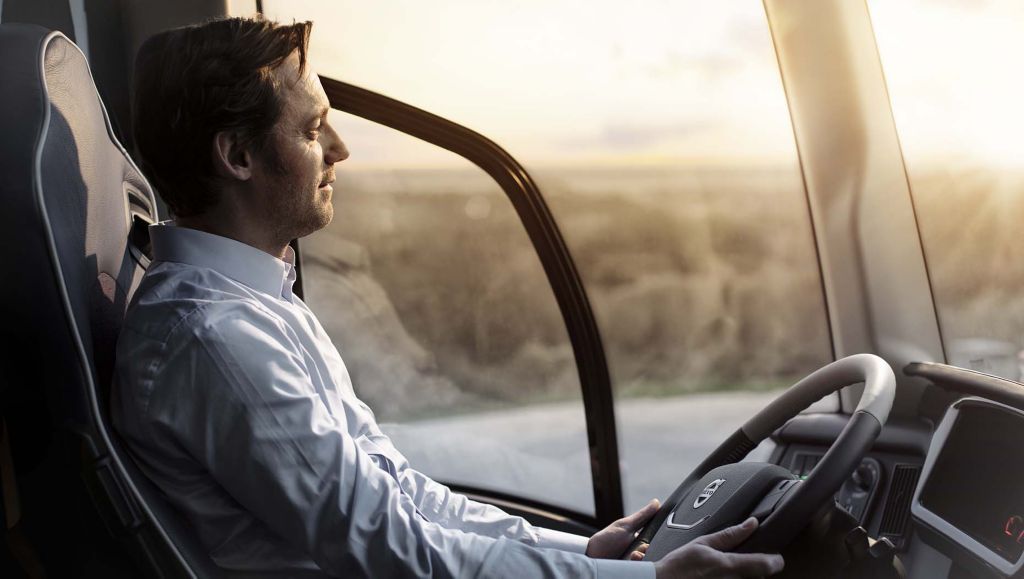How it works: What is Volvo Dynamic Steering?


VDS is essentially an advanced form of power steering designed to improve the ease and comfort of driving a heavy-duty vehicle. It has successfully been used in Volvo trucks since 2012 before being adapted and modified for Volvo buses in 2015. Ever since it has been continuously refined and improved. VDS’ core components include an electric motor, a hydraulic steering gear, a control unit and a range of sensors both inside and around the vehicle.
THE CORE COMPONENTS:
HERE IS HOW IT HELPS DRIVERS IN THE FOLLOWING SITUATIONS:
1. Low speed
As the driver turns the steering wheel and the torsion rod is twisted, the hydraulic steering gear increases hydraulic assistance to the driver. With VDS an electrical motor works on-top of the steering gear, offering extra help to the driver. As a result, steering becomes 75 per cent lighter at low speeds, making it easier to manoeuvre in tight situations such as parking or cornering.
2. High speeds
As the vehicle is driven, multiple sensors both inside the electric motor and around the vehicle, collect data on the vehicle’s speed, steering angle and applied steering torque. The control unit then calculates the optimal steering response and instructs the electric motor to correct the steering force accordingly. Essentially the ease of steering is relative to the vehicle’s speed: light at low speed but becoming firmer as speed increases.
The electric motor is controlled 2,000 times per second. When any deviations, uneven surfaces or involuntary movements are detected, the steering force is immediately corrected. Since it suppresses these disturbances which would otherwise add strain top the driver’s hands, arms and shoulders, it enhances the driver’s working environment. It also creates greater directional stability and improves the driver’s overall safety.
3. Reversing
When the vehicle is in motion, VDS strives to automatically return the steering wheel to the straight-ahead position. While steering wheel return might be standard for cars, this is not always the case for buses as the steering is heavier and the geometry in the steering system will not always allow for self-alignment. However, VDS works much like a passenger car, regardless of steering configuration. This includes steering wheel return while reversing, making it far easier to manoeuvre a bus in reverse in tight spaces.